Healthy Millets
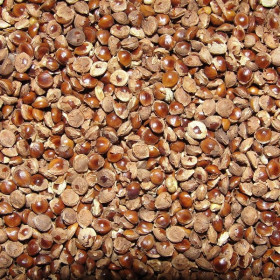
Kodo millet – the varagu
Advantages of eating Kodo Millet are 1)Helps keep diabetes under check 2) Controls Obesity 3) Helps heal wounds and has a tranquilizing effect. It is a very hardy crop that is drought tolerant and can survive on marginal soils where other crops may not survive, and can supply 450–900 kg of grain per hectare.
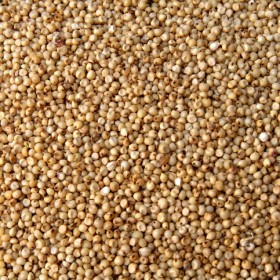
Sorghum – jowar/ solam
Sorghum is a genus of plants in the grass family. Seventeen of the twenty-five species are native to Australia, with the range of some extending to Africa, Asia, Mesoamerica, and certain islands in the Indian and Pacific Oceans. One species is grown for grain, while many others are used as fodder plants, either intentionally cultivated or allowed to grow naturally, in pasture lands.
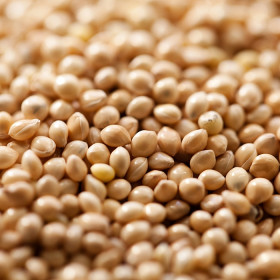
Proso millet – panivaraghu
Useful in against maturing: Proso millet has high enemy of oxidant content. Enemies of oxidants are substances which eliminate free revolutionaries from your body. Free revolutionaries are created in for all intents and purposes each cycle in the body. These particles harm the cells and weariness them making them age.
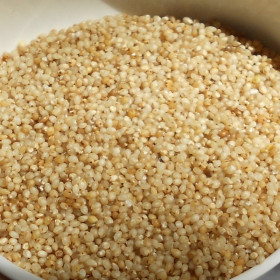
Little millet
Benefits of eating little millet are:
1) Helps lowers risk of type 2 diabetes
2) Reduces chances of heart attacks
3) Improves digestion
4) Protects from breast cancer and
5) Protects from childhood asthma.
Millet and other whole grains are a rich source of magnesium, a mineral that acts as a co-factor for more than 300 enzymes, including enzymes involved in the body’s use of glucose.

Barnyard millet – kuthiraivali
Barnyard millet is high in fiber. It is a Good wellspring of zinc and manganese. It assists with keeping up the internal heat level. It is rich in Anti-Oxidant and High in Carbohydrates. The wheat layer has great fat and minerals. Millets are overwhelmingly starch. It is a decent wellspring of B-complex nutrients. The protein content is similar to that of wheat and maize.
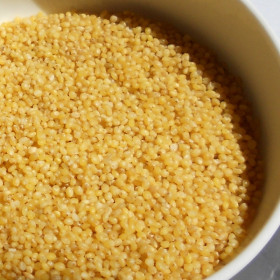
Foxtail millet – thinai
Fox millets are high in calories, giving strength and energy for farmers to work actively in fields. Thinai is a vegan food and also gluten free cereal. Thinai is rich in proteins, and low in fat. Thinai has good amount of fiber content, calcium, iron, potassium, magnesium and carbohydrates.

Finger millet – ragi
Finger Millet, also known as Ragi, is cultivated in drier parts of the world-mainly in Asia and Africa. Ragi has a distinct taste and is widely used in Southern Indian and Ethiopian dishes. Ragi is a rich source of Calcium, Iron, Protein, Fiber and other minerals.

Pearl millet – bajra/kambu
Pearl millet is very powerful in controlling diabetes. Because of its high fiber content, it tends to digest slowly and release glucose at a slower rate as compared to other foods. This helps in maintaining healthy blood sugar levels for a long period of time.